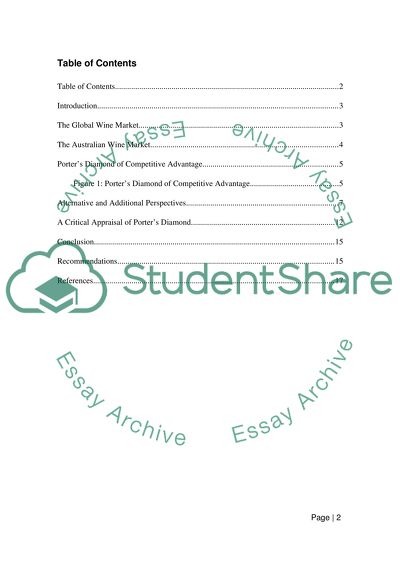Cite this document
(“Global and International Business Context Essay”, n.d.)
Retrieved from https://studentshare.org/miscellaneous/1574922-global-and-international-business-context
Retrieved from https://studentshare.org/miscellaneous/1574922-global-and-international-business-context
(Global and International Business Context Essay)
https://studentshare.org/miscellaneous/1574922-global-and-international-business-context.
https://studentshare.org/miscellaneous/1574922-global-and-international-business-context.
“Global and International Business Context Essay”, n.d. https://studentshare.org/miscellaneous/1574922-global-and-international-business-context.


